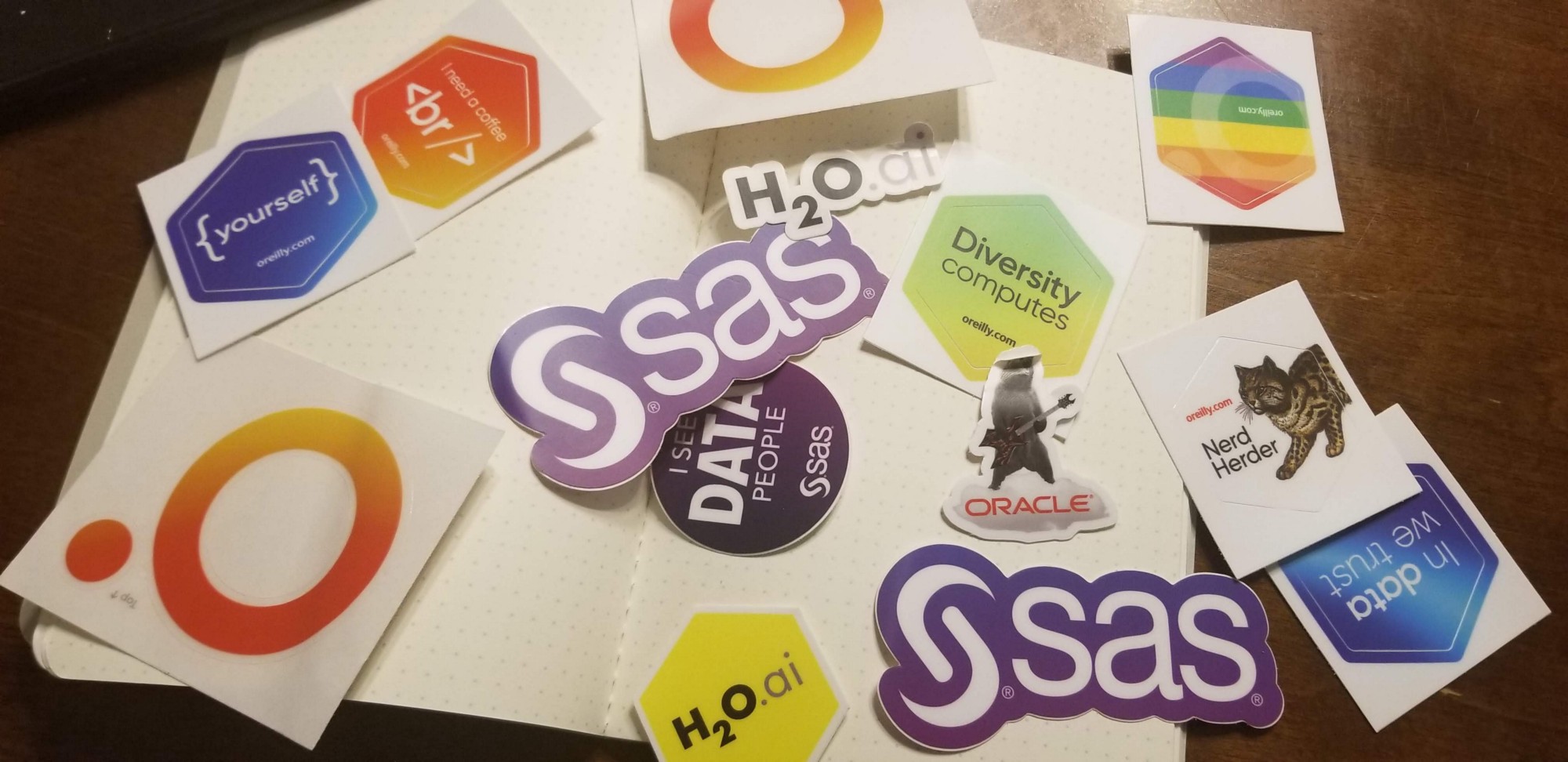 What’s your community like? I live in a relatively small town in New Jersey. There are about 24,000 residents of my town, Scotch Plains. It’s an interesting community – founded in 1684 before the United States of American even existed. The town has been “diverse” for over a century — in the sense that both black people and white people lived within the city’s confines. There was, however, a separation between the races — with black people living in a specific area, Jerseyland, and white people living in the rest of town. While the town is certainly more integrated now, it’s only recently become comfortable with the idea of true integration.
What’s your community like? I live in a relatively small town in New Jersey. There are about 24,000 residents of my town, Scotch Plains. It’s an interesting community – founded in 1684 before the United States of American even existed. The town has been “diverse” for over a century — in the sense that both black people and white people lived within the city’s confines. There was, however, a separation between the races — with black people living in a specific area, Jerseyland, and white people living in the rest of town. While the town is certainly more integrated now, it’s only recently become comfortable with the idea of true integration.
My family and I moved to town a few years ago and I promptly created an organization to tackle some of the challenges the town faces in addressing diversity. The organization I created, The Beacon Initiative, is committed to helping people learn to value and celebrate differences of all kinds – certainly race and gender but also age, sexuality, economic status, etc. The goal is help town residents learn to see others for their humanity rather than their differences. Why? Because we’re realizing that communities with diverse perspectives offer exceptional opportunities for progress. This is especially true for innovation.
Defining Diversity
One of the fallacies of innovation is that you simply have to get smart people from your organization in a room and you can create a new future. The truth is, organizations gather smart people into rooms (virtual or real) every day and they fail to invent the future (they may be the wrong type of smart but that’s another conversation). There are lots of reasons for this – lack of commitment, functional fixedness, groupthink, lack of leadership, etc. A reason that goes unspoken is a lack of diversity.
This is the part where eyes sometimes glaze over but you’ve gotten this far so, let’s step back. Yes, in the context in which we usually use the word diversity it means representation of minorities. (As a black man, I certainly believe that’s important — and there aren’t enough of us in tech or innovation.) In innovation, as with the organization I created in my town, diversity doesn’t stop at ethnicity. In fact, diversity in innovation includes industries, careers, ages, life experiences, education and even personality.
An article from the Harvard Business Review (HBR) suggests there are three types of diversity that construct our identity:
- Demographic – The characteristics that describe you including age, gender, ethnicity, nationality, race, marital status, income levels, etc.
- Experiential – The ways you’ve spent your life including your career(s), your hobbies, your beliefs, your expertise, your friends and colleagues, etc.
- Cognitive – Your approach to processing information, identifying challenges and solving those challenges using both natural and nurtured talents
The concept of various types of diversity isn’t foreign to most of us and I’m betting you can relate to those three diversity types in your life.
Fueling Creativity through Diversity
There is no innovation without creativity. After all, the divergent idea-generation phase of innovation endeavors is all about team members creating a plenitude of ideas that will ultimately lead to a winner. Research from numerous sources has demonstrated that diversity — especially experiential and cognitive — increases creativity and the valuable ideas generated during innovation sessions. As in all things, a measured approach is to be taken. Another HBR article suggests that if there is too much difference, ideas don’t make it to execution because the too diverse team is unable to coalesce around an idea.
So, where does that leave diversity when it comes to actual innovation – the innovation that leads to products and experiences that make executives happy by generating sales and disrupting competitors? Research from both academia and industry demonstrate consistently that “positive relationship between management diversity and innovation is statistically significant, meaning that companies with higher levels of diversity get more revenue from new products and services”, as expressed in this study from BCG.
It ends up just making sense, doesn’t it? By having heterogeneous teams with diverse skill-sets, career expertise, and varied experiences, you open your company up to thinking about challenges in more varied ways.
Diversity as a Key to Innovation Success
What about demographic diversity? Does ethnic, nationality and gender diversity positively impact innovation? The answer is an emphatic yes. In fact, research from Deloitte divulges that organizations with inclusive cultures are 2x more likely to exceed financial targets, 3x more likely to be high-performing, 6x more likely to be innovative and agile, and, most importantly, 8x more likely to achieve better business outcomes.
Forbes.com suggests this is related to the tension that arises from diversity. Specifically, they say, “Differences among team members force each person to anticipate that there will be alternative and unexpected viewpoints to consider and evaluate.” That iron-sharpens-iron approach encourages team members to “broaden their own views to consider unexpected perspectives of others,” according to Forbes.
It is this widening perspective that results in payoffs for diverse organizations. Heterogeneous teams with ethnic, cultural and gender diversity are more likely to identify new opportunities and consider needs that have yet to be addressed. Additionally, Harvard Business Review found that when “one member of a team has traits in common with the end user, the entire team better understands that user.” As if that’s not enough, Forbes reports that a BCG study has found that companies with above-average diversity “produced a greater proportion of revenue from innovation (45% of total) than from companies with below average diversity (26%).”
It Goes Beyond the Hire – That’s Just the Beginning
One of the challenges of making diverse hires and building diverse teams is dealing with the differences. Even if you put five 35-year-old white men on a team, it quickly becomes apparent that they’re very different people even if they seem to lack diversity. Imagine then how pronounced the differences become when diverse team members are added to the mix. Cultural and ethnic background can lead to misunderstandings. Accents can affect how people are perceived. Our personal biases can impact how the ideas of our peers are regarded within the organization.
A Stanford study points to a diversity paradox. You may have seen this paradox in your own organization. Essentially, greater diversity drives progress and expands innovation. Yet, the innovations recommended by diverse personnel are discounted and ultimately negatively impact their careers. In other words, though diversity is positively correlated with innovation, the contributions of diverse individuals are often not valued. The result is “underrepresented groups have to innovate at higher levels to have similar levels of career likelihoods” as non underrepresented hires.
Addressing this means organizations have to create environments that not only prioritize hiring diverse candidates but also emphasize inclusion as well as creating teams that welcome and value the contributions of all team members. Objective measures of success can be put in place and team-based incentives offered that encourage collaborating with and supporting team members.
Conclusion
It’s firmly established that diverse teams are more creative and more innovative than homogenous teams. Indeed, diversity matters. This is true of cognitive and experiential diversity as well as demographic (ethnic, race, age, gender) diversity. Diverse teams are more likely to create innovations that contribute positively to financial results. It’s not solely about hiring diverse candidates, however. Organizations have to put in the work to welcome difference and value the contributions of all team members.
Enterprises can address this by 1) hiring candidates whose words and actions lend themselves to appreciating the value of diversity, 2) creating welcoming environments by setting policies that educate employees about expected norms around valuing difference, diversity and inclusion and 3) using team-based incentives to encourage team members to collaborate with and support all team members. In doing so, organizations create fertile ground for cultivating the types of innovation that lead to exceptional business outcomes.




